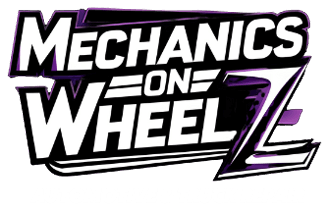Winter Car Care Tips: Ensuring Your Vehicle’s Electrical System Runs Smoothly
Mechanics on Wheelz
December 10, 2025
As the temperature drops during the winter months, it is crucial to pay extra attention to your car’s electrical system to prevent potential issues that
Mobile Brake Repair: Why Brake Maintenance is Critical Before Winter Driving
Mechanics on Wheelz
November 10, 2025
As the cold weather approaches, it’s essential to ensure that your vehicle is in optimal condition for safe winter driving. One crucial aspect of vehicle
Essential Fluids and Filters to Change for Fall
Mechanics on Wheelz
October 10, 2025
As the leaves start to change and the temperatures begin to drop, it’s important to ensure that your vehicle is ready for the fall season.
Signs You Need a Brake Fluid Flush and Why It’s Important
Mechanics on Wheelz
September 10, 2025
Brake fluid is a crucial component of your vehicle’s braking system. It plays a vital role in ensuring that your brakes function properly and keep
What to Watch for in Your Timing Belt as Fall Approaches
Mechanics on Wheelz
August 10, 2025
As summer winds down and cooler weather sets in, it’s a great time to take a closer look at your vehicle’s timing belt. This critical

